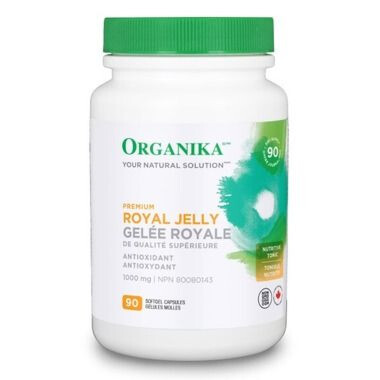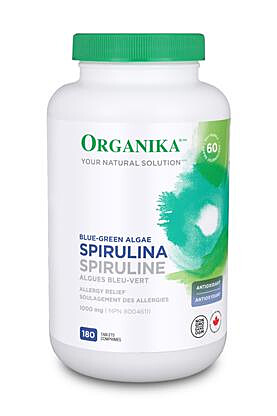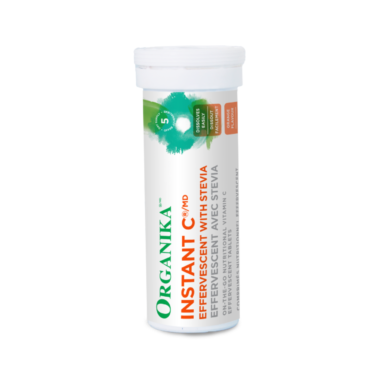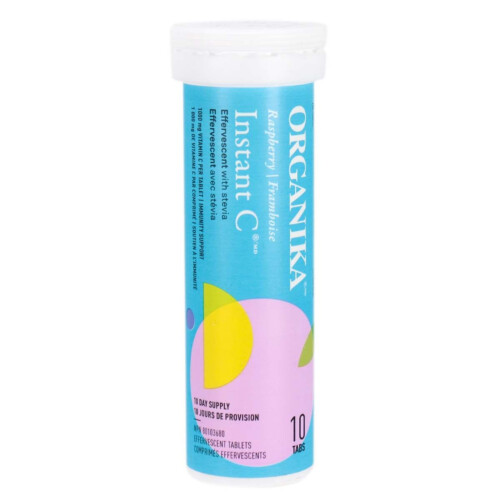Q: How does Royal Jelly help with longevity?
A: Royal jelly is known as royal food for the queen bee. The queen bee eats nothing but this perfect food throughout her adult life, and can live eight to ten times as long as the worker bee, which typically has a lifespan of only about 2-3 months. If it can do that for a bee, just think what it can do for you!
Q: What is the nutritional breakdown of Royal Jelly?
A: Royal jelly is 67% water, 12.5% protein, 11% simple sugars (monosaccharides), 6% fatty acids and 3.5% 10-hydroxy-2-decenoic acid (10-HDA). It also contains trace minerals, antibacterial and antibiotic components, pantothenic acid (vitamin B5), pyridoxine (vitamin B6) and trace amounts of vitamin C.
Q: How do I use Royal Jelly for scrapes and wounds?
A: Royal jelly in cream form can be used topically for wound healing. Its anti-inflammatory, antibacterial and tissue healing properties all help this to ‘bee’ a handy salve for your medicine cabinet.
Q: Is Royal Jelly acceptable for a vegan or vegetarian diet?
A: As royal jelly is similar to honey in that it is a product from an animal, it is not included in a vegan diet. If you are a vegetarian that eats honey, then royal jelly would be acceptable for you.
Q: How much Royal Jelly do bees make?
A: A well-managed bee hive can produce approximately 500 g of royal jelly during the 5-6 month production season. That’s 500 of Organika’s 1000mg Royal Jelly capsules per hive per year.







